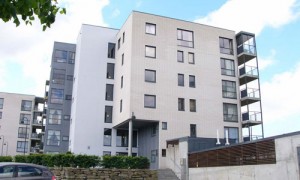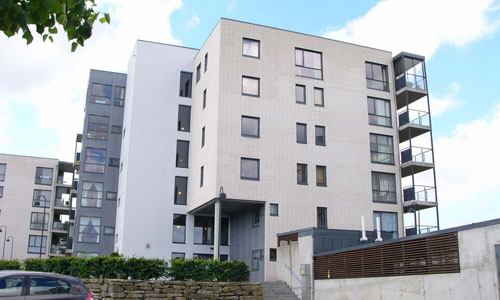 Track2Realty Exclusive Yearly Analysis: Real estate prices have stayed stagnant in 2012 in Mumbai with a mere 0.3 per cent increase in rates, a research report by Knight Frank says. Figure show that real estate sales have been falling by around 25 per cent year after year since 2010 because of high prices.
Track2Realty Exclusive Yearly Analysis: Real estate prices have stayed stagnant in 2012 in Mumbai with a mere 0.3 per cent increase in rates, a research report by Knight Frank says. Figure show that real estate sales have been falling by around 25 per cent year after year since 2010 because of high prices.
As per the National Housing Bank (NHB), on a year-on-year basis, the price rise in Delhi was 15.6%, Mumbai 2%, Chennai 15.1% and flat in Kolkata. About 11 cities have shown a marginal decline in prices over the previous quarter with the greatest fall observed in Surat (-4.8%) followed by Indore (-3.5%), Kolkata (-2.4%), Vijayawada (-2.4%), Patna (-1.8%), Ludhiana (-1.7%), Bengaluru (-1.7%), Hyderabad (-.3%), Guwahati (-0.7%), Bhopal (-0.5%) and Faridabad (-0.4%).
“There are some signs of convergence of prices around this level across the 20 cities,” NHB says.
Another report by Jones Lang LaSalle India says from the pricing perspective, the average residential capital values in 2012 appreciated in the range of 1-3 per cent year-on-year. Among the top seven cities, the capital value growth in Pune and NCR-Delhi was the highest, while Hyderabad and Bangalore saw a slower rate of capital value growth. There is still no price correction on the cards, but the quantum of appreciation definitely reduced significantly in all the top seven cities of India in 2012.
Industry trackers say that real estate developers have been applying the brakes on project launches. The number of project launches that happen around Diwali in Mumbai and NCR have gone down by around 40 per cent and 45 per cent respectively.
Developers argue that liquidity issues are just one of the reasons for the delays. More pressing is the issue of getting approvals on time to get on with construction.
“After the first approval, subsequent no-objection certificates and approvals like water, electricity connections, completion certificate and others get delayed,” says Lalit Kumar Jain, President of the Confederation of Real Estate Developers’ Associations of India (CREDAI).
The other key factors that add to the high cost of realty are the ever increasing local municipal taxes, ready-reckoner rates for deciding stamp duty, cess and even VAT. The cost of labour has gone up by as high as 60 per cent over the past two years.
Builders, however, appear reluctant to lower prices on account of what they described as rising input costs. “I don’t think there is scope for a price cut given the kind of input and finance cost escalation we have already witnessed, unless we recover these costs along with requisite margin,” T Chitty Babu, Chairman and CEO of Akshaya Home.
In a recently released report, Cushman & Wakefield (C&W) says that an estimated 17500 residential units were launched by organised developers in the second quarter of 2012 in major cities across the country, registering a decline of nearly 44 per cent over the previous quarter.
At a country level, a total of 160,622 residential units were launched in 2012, as compared to 154,701 units for the corresponding period of 2011. From the pricing perspective, the average residential capital values in 2012 appreciated in the range of 1-3% y-o-y.
Pune was among the few cities that saw an increase in number of launches. Given the inherent demand in the city it also recorded the highest number of launches accounting for nearly 37 per cent of the total new supply. Of the 17,500 units launched 70 per cent catered to the mid segment as it continues to see maximum demand from end users and investors.
The larger cities of Mumbai and NCR-Delhi recorded most of the absorption of residential units during 2012, with a 60 per cent contribution to the overall absorption. Chennai and Pune were among the other two cities that increased their share of absorption during 2012 to 26 per cent from the 23 per cent recorded a year ago.
…to be continued





